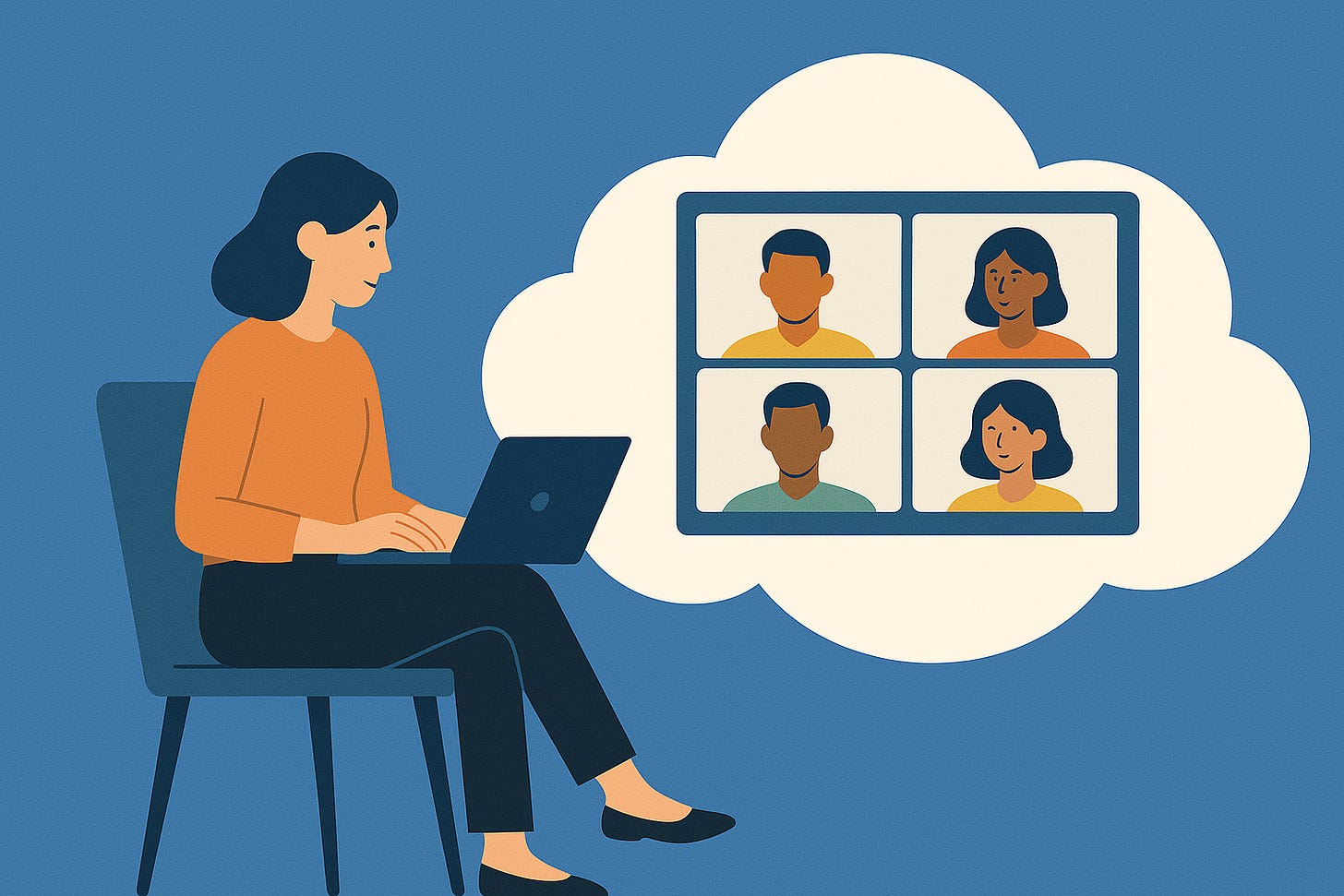What I'm Telling Founders, Executives, and Board Directors About Remote Work in 2025
Emotional soothing, reduced hierarchy, zero-based design, workers' rights, and the market for choice
Hi, I’m Jamaal. Welcome to Jamaal’s Letter, where I share personal reflections, insights, predictions, and strong opinions on the future of markets, work, business, tech, and more.
The people who read this newsletter are the people who run the world. If you aren’t yet a subscriber, consider joining them by subscribing below. Please share it with your friends and colleagues if you find it helpful:
Five years since the start of the pandemic, work location remains a subject of intense debate, despite best-in-class research showing no meaningful productivity difference between remote and office-based work.
As an investor in a dozen companies building the future of work, I've seen this evolution firsthand. Nearly 40% of the companies I've funded in the last three years offer employees complete location flexibility, mirroring broader trends.
Through daily conversations with founders, executives at established companies, and board directors, I've developed a clear perspective on remote work in 2025.
Here's what I'm telling them.
Arbitrary Office Requirements Are an Emotional Self-Soothing Behavior
My twin toddlers use an array of self-soothing techniques when they're tired, hungry, or unable to get what they want. Sometimes they rock back and forth rhythmically; other times they desperately grab for pacifiers. These methods never address their underlying frustrations, but they do provide momentary calm and comfort.
Rigid office attendance mandates, which require knowledge workers to show up at arbitrary times on arbitrary days, function as the executive equivalent of these pacifiers. They are self-soothing mechanisms that offer temporary relief without confronting the real sources of frustration.
Most return-to-office policies are driven more by emotion than by data. To the people making these decisions, it feels like having employees physically present leads to greater productivity.
This creates the illusion of control in environments that are otherwise chaotic and ambiguous. After all, seeing people at their desks provides a reassuring sense that work is happening.
The return-to-office mandates coming from big tech, which once led the charge for remote work during the pandemic, reflect the existential anxiety many executives are now feeling in the midst of the AI arms race.
On Zoom, Everyone's Box Is the Same Size
The office environment reinforces hierarchy, which inherently serves to emotionally benefit those with more organizational power. Many executives, consciously or not, are attracted to the accoutrements of co-location. They fantasize about the office because it reinforces their status.
The corner office, the executive floor, the ability to summon others to your space... these are status markers that disappear in remote settings. On Zoom, everyone's box is the same size, and hierarchy becomes functional rather than physical.
Ask Yourself: What If We Invented It Today?
A question I often ask myself in investing and in life: "What would this market, product, or service look like if it were invented today?" Management consultants call this “zero-based design,” where every aspect of a design, process, or organization is evaluated from the ground up, starting from a "clean sheet."
What would work look like if it had no legacy form? If it weren't burdened by the status quo, tradition, or nostalgia?
If we designed knowledge work from scratch today, would we really choose to concentrate everyone in expensive urban centers, force hours of daily commuting, and limit our talent pool to geographic regions?
Remote work removes unnecessary constraints around cost, geography, and talent acquisition that organizations would never impose on themselves arbitrarily if they weren't burdened by legacy thinking.
The Office Is An Emerging Workers’ Rights Issue
Putting productivity debates aside, this is emerging as a workers' rights issue.
If productivity were the ultimate goal, then shouldn't workers work 10-hour days? Or 12? Or 16? Why not seven days a week?
We've established boundaries for good reason. And now, the boundary between office presence and life balance is being redrawn.
This workers' rights conversation is unfolding within a rapidly changing knowledge work environment that emerged post-pandemic, when 40 years of remote work trends were condensed into three years.
It exists alongside the rise of Gen Z, now the largest share of the workforce, which is fundamentally challenging many workplace norms we've long taken for granted.
The Value of Choice
I'm not a remote work advocate. I'm an advocate of choice and trusting employees to choose how and where they work to maximize productivity and work satisfaction. The office is a tool. Like any tool, it should be used intentionally and strategically, not deployed arbitrarily or universally.
Any economist would tell you: All rational workers would choose the OPTION to work in the office OR remotely, regardless of their personal preference. Choice and flexibility themselves have inherent value.
Workers with the most leverage and optionality, often the most productive, will opt for that choice in the long run. If talent is existential to your business, office requirements will put you at a competitive disadvantage.







